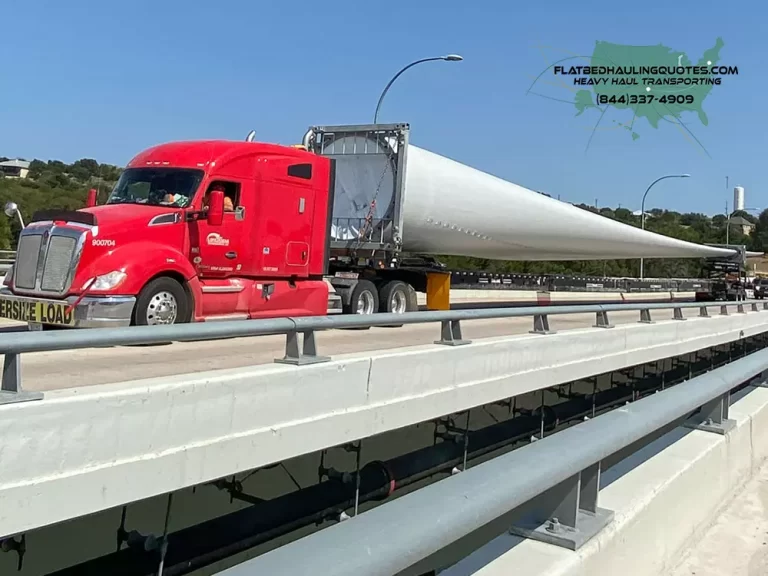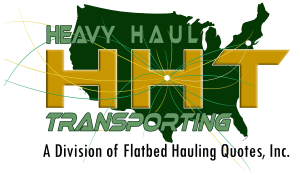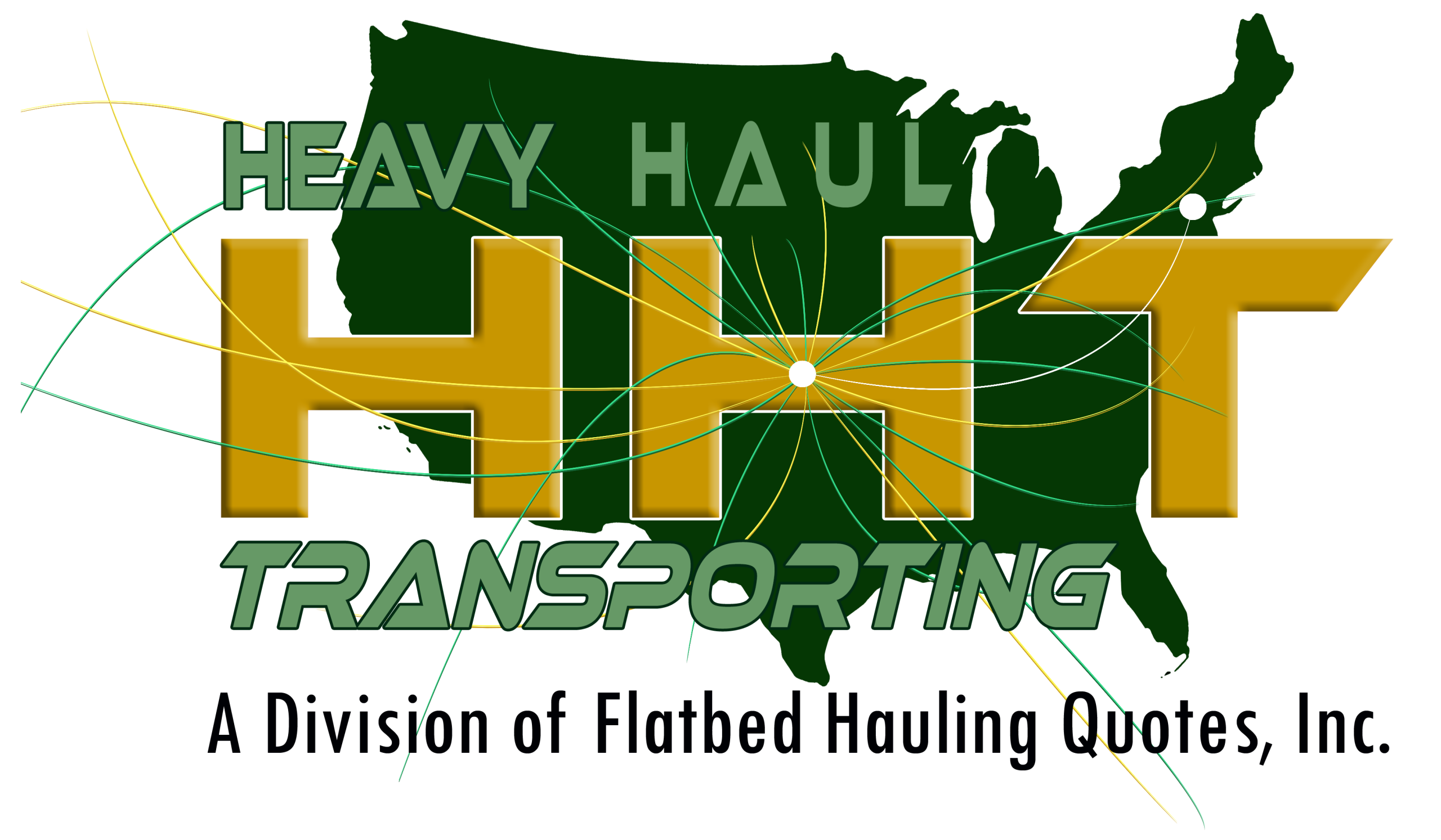Wind Turbine Hauling
Wind Turbine Transportation
Wide Load Transportation
Heavy Duty Equipment Transportation

The renewable energy industry is rapidly growing, and wind turbines play a significant role in providing clean energy. However, transporting these massive structures can be a logistical nightmare, requiring specialized equipment and careful planning to ensure safe and efficient delivery to their final destination. In this blog, we’ll explore the challenges and considerations for wind turbine hauling, the equipment and vehicles used in the process, safety guidelines, steps to take when preparing for a wind turbine haul, best practices, and case studies of successful projects.
Challenges and Considerations for Wind Turbine Transportation
Wind turbines come in various sizes, heights, and weights, which can present transportation challenges. Wind turbine blades can be over 200 feet long, towers over 300 feet, and nacelles can weigh up to 350 tons. The following are some of the primary considerations for wind turbine hauling:
- Weight and Size Restrictions: Wind turbines are oversized and overweight loads, requiring permits and clearances for Wind Turbine Transportation from local and state authorities. They also require special routing and protection for infrastructure to prevent damage.
- Road and Infrastructure Requirements: Wind turbines cannot be delivered via a standard roadway system. Road and bridge weight restrictions, overhead clearances, and other transportation infrastructure must be considered when planning the transportation route for Wide Load Transportation.
- Permits and Regulations: Wind turbine hauling also requires obtaining permits and complying with state and local regulations. These vary from state to state and may require additional permits for overweight, oversize, and wide load transportation.
- Weather and Terrain Conditions: Weather hazards like high winds, snow, and ice can impact transportation, and transport must prepare for these conditions. Additionally, terrain, such as mountains and hills, can impact movement, and the optimal equipment must be utilized to overcome these obstacles.
Planning and Preparation
Planning and collaboration with project stakeholders are crucial for successful Heavy Duty Equipment Transportation of wind turbine hauling. It is essential to conduct route surveys and feasibility studies to determine the best route and transportation method. Preparing for the transportation process includes:
- Choosing the right transportation method: Wind Turbine Transportation requires specialized equipment, including blade trailers, tower and nacelle transporters, and specialized lifting mechanisms. Selecting the right equipment and transportation method can shorten transportation time and prevent safety hazards.
- Coordinating with logistics and transportation companies: Working with a transportation partner with the necessary experience and equipment can help ensure that the project is fully optimized with the right vehicle and equipment.
- Obtaining necessary permits and clearances: The transportation of wind turbines requires a special permit with the help of local authorities. A reputable transportation partner can manage the permits and clearances so that transportation is not delayed due to administrative issues.
- Ensuring compliance with safety and regulatory standards: Safety is a top priority in wind turbine hauling. Therefore, the transporter must comply with safety regulations in every part of the transportation process.
Specialized Equipment for Wind Turbine Hauling
Wind turbine transport requires specialized equipment for each component. Wind turbine blade transport trailers, tower, and nacelle transporters are necessary to move oversized components from their storage sites to their final destination. Reliable specialized heavy duty equipment transportation avoids the damages and delays that can result when inadequate equipment is used. Moreover, these equipment and vehicles should comply with the current standard regulations from state and federal departments.
Mitigating Challenges and Risks
Mitigating risks associated with wind turbine transportation requires careful planning and coordination. The following are some strategies to minimize transportation risks:
- Weather-related challenges and mitigation strategies: Wind turbine hauling is more challenging during extreme weather conditions. Proper planning, monitoring, and communication with weather forecasts can help minimize safety hazards.
- Overcoming logistical hurdles and road restrictions: Wind turbine hauling on public highways requires compliance with weight and height restrictions, routing, and general transportation safety laws. It is, therefore, essential to work with experienced logistics and transportation companies for seamless coordination with required measures to overcome logistical hurdles.
- Managing unforeseen obstacles during transportation: Unforeseen issues such as accidents, road closures, and other unexpected issues can delay transportation schedules. The transportation partner must be prepared to respond and handle such situations to keep projects on track.
- Emergency preparedness and contingency planning: Wind turbine hauling requires detailed contingency planning to identify and address potential challenges that could cause delays
In 2023, the wind energy sector will be grappling with a series of challenges, particularly in the transportation of wind turbines. Some of the main concerns and trends are as follows:
Crisis in the Wind Energy Sector: Reduced tax incentives, rising interest rates, and inflation have been affecting turbine manufacturers, making it more challenging to transport and install wind turbines.
Offshore Wind Turbines Taking the Spotlight: As the size of offshore wind turbines increases — approaching heights of 300 meters — so too does the difficulty in transporting and installing these massive structures.
Innovation-Led Speed: Advances in technology have led to more efficient methods of transporting wind turbines, helping to offset some of the increased costs associated with the sector’s challenges.
Sustainability Considerations: As the industry continues to grow, so too does its global footprint. This growth brings with it new challenges in maintaining sustainable practices, particularly in the transportation of wind turbines and their components.
Material and Manufacturing Challenges: The development of wind turbine blades using polymer-based AM research is being sought to support and advance more cost-effective large wind turbine blades. This could potentially help in reducing the transportation costs.
Supply Chain Bottlenecks: Higher inflation, higher commodity costs, supply-chain bottlenecks, and other challenges could delay projects that are in earlier stages of development.
In conclusion, while the wind energy sector faces considerable challenges in 2023, particularly in terms of transportation, it is also a time of exciting innovation and growth. The sector is rapidly adapting to these challenges, with the potential for significant advancements on the horizon.
At Heavy Haul Transporting, we understand the complexities of wind turbine hauling and have the expertise and equipment to handle any size or scope of transport. Call us today at (800) 579 4258 or send a message on WhatsApp to learn more about our services or check our Heavy Haulers Office Locations.
Hauling Oversized Loads from Missouri to Alabama
Hauling Oversized Loads from Missouri to Arkansas
Hauling Oversized Loads from Missouri to Arizona
Hauling Oversized Loads from Missouri to California
Hauling Oversized Loads from Missouri to Colorado
Hauling Oversized Loads from Missouri to Connecticut
Hauling Oversized Loads from Missouri to Delaware
Hauling Oversized Loads from Missouri to Florida
Hauling Oversized Loads from Missouri to Georgia
Hauling Oversized Loads from Missouri to Idaho
Hauling Oversized Loads from Missouri to Illinois
Hauling Oversized Loads from Missouri to Indiana
Hauling Oversized Loads from Missouri to Iowa
Hauling Oversized Loads from Missouri to Kansas
Hauling Oversized Loads from Missouri to Kentucky
Hauling Oversized Loads from Missouri to Louisiana
Hauling Oversized Loads from Missouri to Maine
Hauling Oversized Loads from Missouri to Maryland
Hauling Oversized Loads from Missouri to Massachusetts
Hauling Oversized Loads from Missouri to Michigan
Hauling Oversized Loads from Missouri to Minnesota
Hauling Oversized Loads from Missouri to Missouri
Hauling Oversized Loads from Missouri to Mississippi
Hauling Oversized Loads from Missouri to Montana
Hauling Oversized Loads from Missouri to Nebraska
Hauling Oversized Loads from Missouri to Nevada
Hauling Oversized Loads from Missouri to New Hampshire
Hauling Oversized Loads from Missouri to New Jersey
Hauling Oversized Loads from Missouri to New Mexico
Hauling Oversized Loads from Missouri to New York
Hauling Oversized Loads from Missouri to North Carolina
Hauling Oversized Loads from Missouri to North Dakota
Hauling Oversized Loads from Missouri to Ohio
Hauling Oversized Loads from Missouri to Oklahoma
Hauling Oversized Loads from Missouri to Oregon
Hauling Oversized Loads from Missouri to Pennsylvania
Hauling Oversized Loads from Missouri to Rhode Island
Hauling Oversized Loads from Missouri to South Carolina
Hauling Oversized Loads from Missouri to South Dakota
Hauling Oversized Loads from Missouri to Tennessee
Hauling Oversized Loads from Missouri to Texas
Hauling Oversized Loads from Missouri to Utah
Hauling Oversized Loads from Missouri to Vermont
Hauling Oversized Loads from Missouri to Virginia
Hauling Oversized Loads from Missouri to Washington
Hauling Oversized Loads from Missouri to West Virginia
Hauling Oversized Loads from Missouri to Wisconsin
Hauling Oversized Loads from Missouri to Wyoming



